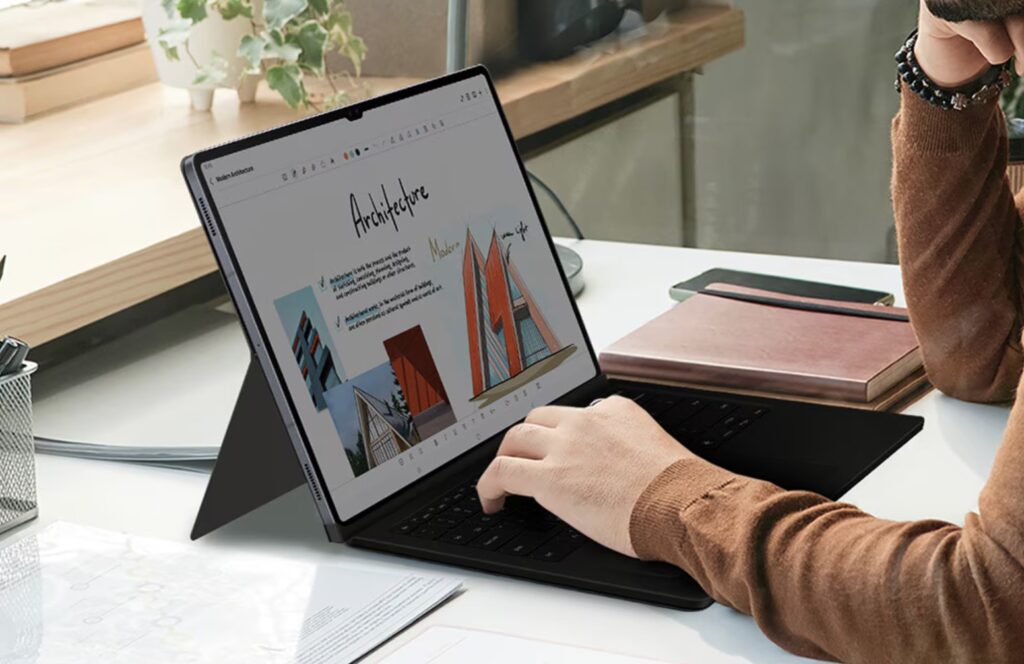
The Samsung Galaxy Tab S10 Ultra is the category killer. It has a massive 14.6” screen, a powerful Dimensity 9300+ SoC, 12GB/256GB (base), and Wi-Fi 7 in a beautifully made, super slim body.
I mean, if you are going to covet any tablet, this is it. It also costs an arm and a leg: from $2099 for Wi-Fi and $2349 for 5G versions.
You get the most powerful, fully-featured tablet you can buy. However, you may not need that. Samsung also has its A9 series, which costs $479 to $629; the 2023 S9 series is still available.
Two models – what is the difference?
Not a lot. The S10+ has a smaller screen size and brightness, Wi-Fi 6E, and loses the ultra-wide-angle front selfie.
| Samsung Galaxy Tab S10 Ultra Moonstone Grey SMX920 | Samsung Galaxy Tab S10+ Moonstone Grey SMX820 | |
| Website | Product Page | Product Page |
| Price Additional bonuses to 7 November. | 256/512GB/1TB (16GB) $2099/2299/2799 5G +$250 (eSIM) | Wi-Fi 256/512GB $1799/1999 5G +$250 (eSIM) |
| SoC | Dimensity 9300+ 4nm MediaTek Immortalis-G720 raytracing GPU MediaTek NPU 790 | Same |
| RAM | 12GB | Same |
| Storage | 256/512GB and 1TB plus microSD to 1.5TB | 256/512GB and microSD to 1.5TB |
| Screen | 14.6” 120HZ HDR10+ AMOLED 2X 16:10 2960 x 1848. 239 ppi 8-bit/16.7M colours HDR Peak 930 nits | 12.4” Same Same 2800 x 1752, 266ppi Same 650 nits |
| Size | 208.6 x 326.4 x 5.4mm x 718g | 185.4 x 285.4 x 5.6mm x 571g |
| IP | 68 | Same |
| Camera Rear | 13+8MP and 4K@30fps | Same |
| Camera Front | 12+12MP | 12MP |
| Battery | 11200mAh 45W capable, no charger | 10090mAh Same |
| Wi-Fi/BT | Wi-Fi 7 BE 2.4/5/6Ghz BT 5.3 | Wi-Fi 6E AXE BT 5.3 |
| USB-C | 3.2 Gen 1 5Gbps supports DeX (Alt DP 1.4) | Same |
| GPS | Yes | Same |
| S-Pen | Included – Wacom compatible | Included |
| Sound | 4 speaker 2.0 landscape mode | Same |
| Security | Optical Fingerprint | Same |
Why a premium tablet?
I’m sorry if I have left any brand sold here out, but you can choose an 11 or 13” Apple iPad Pro M4 256GB running iPadOS, starting at $1699/2199. It offers a $180 upgrade from standard glass to nano-glass and a $350 cellular option. The stylus comes in two variants for an extra $139/219, and a keyboard cover costs $499. But it includes a 20W charger.
The Samsung Galaxy Tab S10+/Ultra runs Android 14 and UI 6.1.1, from $1799/2099. It includes the S-Pen. Keyboard covers are $299 (no trackpad) and $479.20 (Trackpad and the one to buy!). A 45W charger costs $84.
The key differences include (Samsung Galaxy Tab S10 Ultra/iPad Pro 13”):
- 14.6” 16:10 screen/13” 4:3 screen (both AMOLED)
- 600 SDR to 1000 HBM/1000/1600
- 8-bit/16.7M colours/not specified but supports millions of colours, so likely 8-bit
- HDR10+/Dolby Vision
- Four cameras/Two
- Wi-Fi 7/Wi-Fi 6E
- 11,200mAh 45W charge/10300mAh 20W
- Both need expensive accessories.
- Multi-tasking, floating window and split-screen/One app at a time
- USB-C 3.2 Gen 1 5Gbps, Alt DP/Thunderbolt 4, 40Gbps, Alt DP and external SSD support
Ignoring the brand and operating system differences, you need to know whether the apps you need are available. Apple has its App Store, Samsung has its Galaxy Store, and Google has its Play Store.
We won’t be covering AI features
You will find a good overview What is Samsung Galaxy S24-series AI all about? and Gemini – Google Assistant’s split personality. If you need AI, you will have done more in-depth research than we can. AI is not the primary reason to buy a tablet.
Australian Review: Samsung Galaxy Tab S10 Ultra SMX920
| Brand | Samsung |
| Model | Samsung Galaxy Tab S10 Ultra Wi-Fi (and, by inference, the Tab S10+) |
| Model Number | SMX920 |
| RAM/Storage Base | 256/512GB/1TB $2099/2299/2799 includes S-Pen 5G +$250 (eSIM) Plus accessories – charger and keyboard/case |
| Price base | 12/256GB |
| Warranty months | 24 |
| Tier | Premium Tablet |
| Website | Product Page |
| From | Samsung Online and approved retailers |
| Country of Origin | Korea |
| Company | Samsung is a South Korean multinational manufacturing conglomerate headquartered in Samsung Town, Seoul, South Korea. Samsung Electronics (the world’s largest information technology company, consumer electronics maker, and chipmaker. |
| More | Samsung publishes few meaningful specifications. Most of these come from testing and analytical software. |
| Test date | October 2024 |
| Ambient temp | 10-27° |
| Release | October 2024 |
| Other models not for Australia (Don’t buy) | Do not buy SM-X926. Check Settings and Regulatory Information for the RNZ C-Tick, as this model is only for Australia, New Zealand, and Malaysia due to the ACMA mandating different 4 and 5G bands and limiting Wi-Fi 5/6GHz bands. |
New ratings in 2024
We use Fail (below expectations), Pass (meets expectations), and Exceed (surpasses expectations or is the class leader) against many of the items below. We occasionally give a Pass(able) rating that is not as good as it should be and a Pass ‘+’ rating to show it is good but does not quite make it to Exceed. You can click on most images for an enlargement.
We are also tightening up on grading. From now on, Pass, for example, means meeting expectations for the price bracket. We consider a Pass mark to be 70+/100 with extra points added for class-leading and excellence.
First Impression – Big, perhaps too much so
At 208.6 x 326.4 x 5.4mm x 718g (about 30mm longer than A4 paper), it is too big to hold in one hand. Add to that the incredible thinnest (it probably won’t bend, but we will not find out as this goes back), and my first impression is that this is for those who need the massive 16:10 screen real estate.
I would feel more comfortable with the $479.20 Book Cover Keyboard—AI key, which gives me something to hold onto. The screen is a massive fingerprint magnet because your meaty fingers must go somewhere. I have not tried the 12.4” Tab S10+, but I suspect it is more manageable.
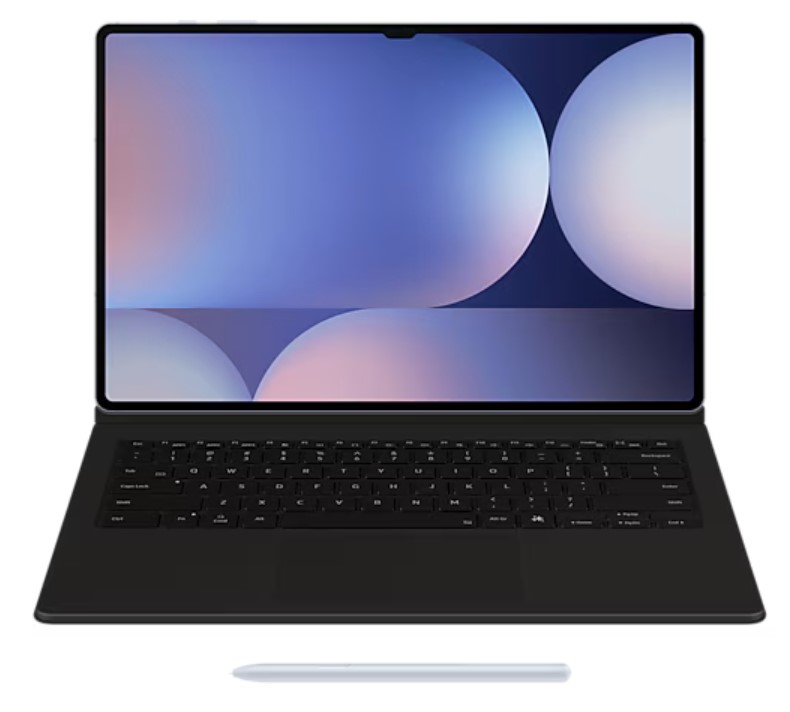
As usual, Samsungs build quality is superb.
Screen – Pass
Samsung does not support Dolby Vision on any device and uses an 8-bit/16.7m colour screen. Its own HDR10+ works perfectly well on this screen. As such, battery life is better than 12-bit/1.07 billion colour screens. If you want to know more, read 8-bit versus 10-bit screen colours. What is the big deal?
The S10 Ultra/10+ has a claimed HDR peak (in what we presume is a 2% window) of 930/650 nits. The SDR 100% full screen sustained is not disclosed.
- SDR full screen sustained: 350 nits
- SDR Test peak: 570 nits
- HDR Test peak: 875 nits
- DCI-P3: 95% of sRGB 16.7m colours (not of 1.07 billion)
- Delta E: 2.9
- PWM: Yes, at 250Hz, so it can affect PWM-susceptible people.
- Streaming: Widevine L1 1080p SDR/HDR
It is not very daylight readable, and it is made worse by the fingerprints that inevitably happen on a tablet.
The screen steps from 30 to 60 to 120Hz in adaptive mode or fixed at 60Hz.
I can’t help but feel that creators, photographers, and videographers will feel let down by an 8-bit screen with pretty average brightness and colour accuracy and an 8-bit sRGB-wide colour gamut. I can’t comment on whether the iPad Pro M4 is better.
The screen is tempered glass (not specified) and has a matte reflection finish (the Tab S9 did not). This further dulls the ‘apparent’ brightness.
SoC Processor – Pass+
It uses a 4nm MediaTek Dimensity 9300+, which analysts felt was out of character when it could/should have used the Qualcomm SD8 Gen 3 or the Samsung Exynos 2400. It was likely a commercial decision based on SoC cost and availability.
But this is a powerful 8-core SoC designed for tablets. It has an ARM Immortalis-G720 MC12 GPU (Variable Rate Shading and Ray Racing) and a MediaTek NPU 790 (neural processor unit for Generative AI). The 5 G tablet version also has a 4/5G modem. We see no downsides besides the usual MediaTek 4/5G modem performance for cities and suburbs only.
It has 12GB LPDD5X RAM, the minimum requirement for generative AI. The S10 Ultra 1TB version comes with 16GB. As such, it supports Google Gemini Nano.
AI Tests:
(Galaxy Fold6 SD8 Gen 3 in brackets)
| Geekbench 6 single/multi-core | 2151/7333 (2230/6830) |
| Geekbench OpenCL | 12487 (13290) |
| Geekbench Vulkan | 14502 (14016) |
| Geekbench AI CPU backend | 2376/2337/3328 (3758) |
| Geekbench AI GPU backend | 1097/1292/1278 (1278) |
| Geekbench AI NNAPI backend | 1230/5230/4972 (948) |
| AI Benchmark 6 | 7346 (3161) |
| AiTuTu | 219,429 (1,481,101 – not accurate) |
It is comparable to the Qualcomm SD8 Gen 3 for raw and AI performance in most areas.
Disk Tests
- CPDT sustained sequential read/write: 1900/995Mbps (2570/1170) – fast.
- Maximum peak: 2600/1400Mbps – fast.
- 64GB microSD: 75/50Mbps – slow but as expected.
- Won’t test on an external SSD.
Throttle Test (battery)
Given the large tablet format, it is easy to cool a SoC, but we see reasonable throttling after ten minutes of a 15-minute test. This may affect gamers.
- Maximum GIPS: 459,414
- Average: 403,365
- Minimum: 316,076
- Throttle: 24%
- Highest case temperature: 36° on the rear (good)
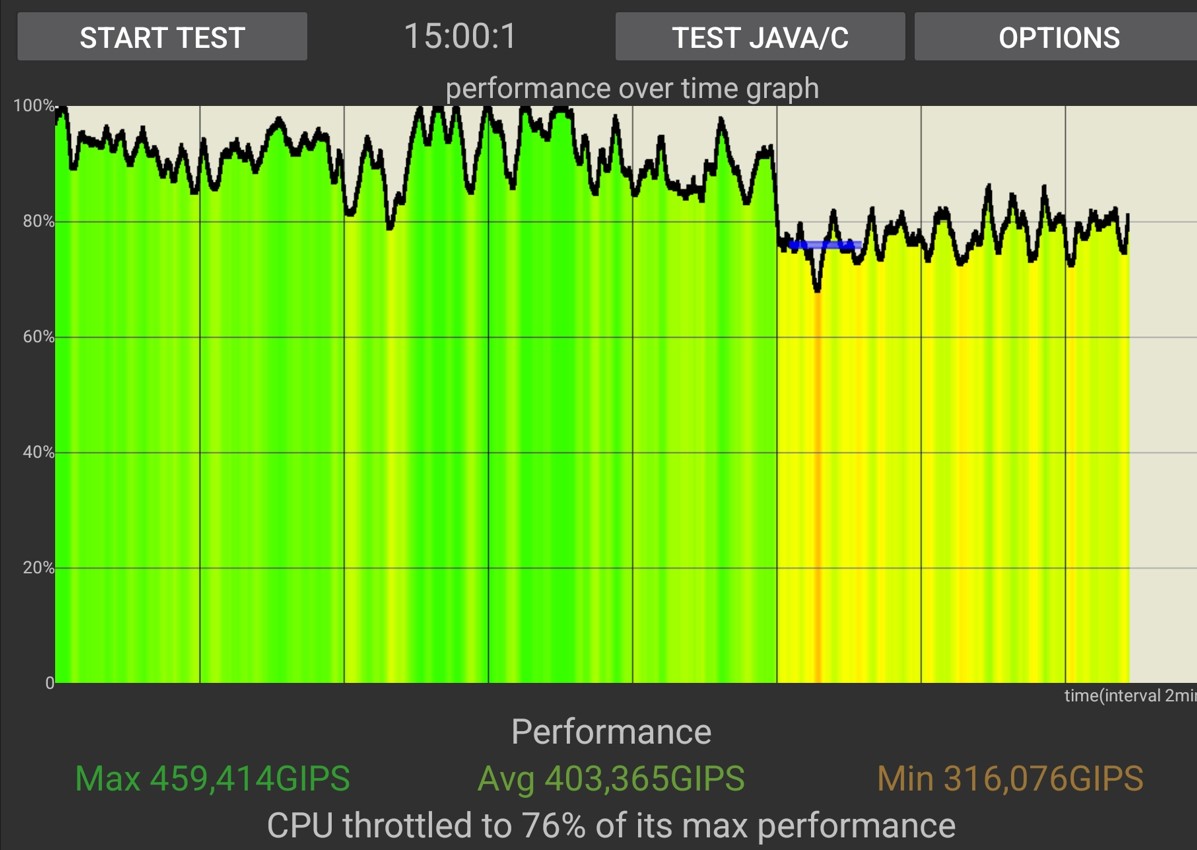
Comms – Pass+
It has Wi-Fi 7 BE, 2.4/5/6Ghz, 2×2 Tx/Rx, MLO, and 320MHz bandwidths. In theory, it supports up to 6500Mbps.
We tested on the 6GHz band, which was strong to about 5m from the router. At 10m, it dropped to marginal. Maximum Rx/Tx speed 5200/4323 at 2m from the router.
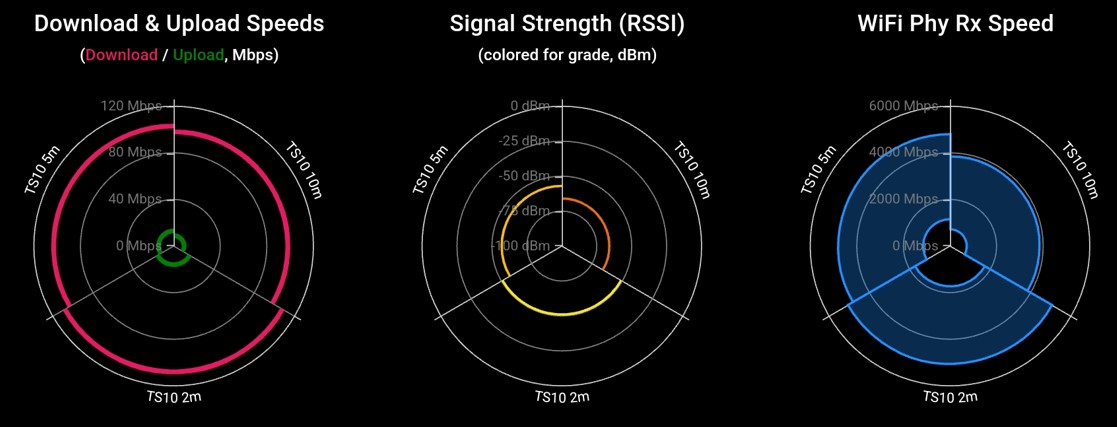



Wi-Fi 5 tests were excellent, out to 15 metres.
USB-C 3.2 Gen 5Mbps – Pass but could be exceed!
While ‘Files’ finds an external SSD, Samsung persists in using the old OTG (cut and paste) instead of making it mountable. This is not suitable for videographers or vloggers who need more space.
It does support Alt DP 1.4, which means you can screen mirror over a USB-C to USB-C or HDMI cable in 1080p resolution. You can also use DeX (Samsung Desktop Experience) over cable or Wi-Fi.
GPS – Pass+
GPS is supposed to be for the 5G model only, but it works fine on the Wi-Fi review unit. The SoC supports (Samsung may not have implemented all of these)
- GPS L1CA+L5+ L1C
- BeiDou B1I+ B1C + B2a +B2b
- Glonass L1OF
- Galileo E1 + E5a +E5b
- QZSS L1CA+ L5
- NavIC L5
Accuracy to <3 metres is fine for turn-by-turn navigation. Please look for a suitable car mount that protects the device and does not impede windscreen vision.
4/5G eSIM – not tested
4G supports 1, 2, 3, 4, 5, 7, 8, 12, 13, 17, 20, 25, 26, 28, 43, 38, 39, 40, 41 and 66 – a world phone.
5 G supports sub-6Ghz n1, 2, 3, 5, 7, 8, 12, 20, 25, 26, 28, and 66. This also covers most of the world’s sub-6Ghz frequencies (not mmWave).
Our experience with MediaTek modems is that they receive a strong signal only from the closest tower. The signal should be good in the city and suburbs.
Battery – Pass
It has an 11200mAh 43Wh battery that will charge at 9V/5A/45W in 1.5 hours with the right charger and a 5W cable. Otherwise, it charges at 9V/3A/27W and takes considerably longer. Samsung does not provide a charger; you can use any PD 3.0 or PPS charger.
Tests
- Video Loop 1080p, aeroplane mode, 50% volume/brightness: 12 hours 30 minutes
- PC Mark (typical use): 10 hours 11 minutes
- GFX Bench T-Rex game: 516 minutes (8.6 hours) 6719 frames
- Discharge 100% load: 3 hours 45 minutes (short)
- Load idle screen on: 1700-1800mA (high)
- Load 100% screen on: 5000mA 100% brightness and 3000mA at 50%
This has a high 100% and idle load – commensurate with a 14.6” screen. Typical users will get about 8-10 hours of use, and heavy users 4-5 hours.
Sound – Pass+
It has four speakers—two each on the landscape (short) side. These are not 4.0 but 2.0, driven by two Cirrus CS35L45 class D amps with an integrated digital signal processor. The amps can achieve 6.8W @1% THD+N into 8-ohm speakers, considerably more RMS than smartphones.
It can decode Dolby Atmos (up to 8 channels) to 2.0 or surround sound (ditto). The Equaliser offers +/-3dB from 50Hz to 20kHz. Presets include Balanced, Smooth, Clear, Bass Boost, Dynamic, and Treble Boost. Note that EQ can only recess the sound signature to give an apparent boost elsewhere.
A Boost Dialogue switch focuses on 1-4kHz and an age-relevant Adapt Sound setting for under 30, 30-60, and over 60. You can also create a personalised sound profile.
Samsung has all Android hearing enhancements, including live captioning, hearing aid support, and many more accessibility options.
It does not have a 3.5mm port, and USB-C earphones generally require a DAC.
There are three mics (2 x top, 1 x left side) for some background noise suppression.
How does it sound?
Pretty good for music as long as you are not an audiophile.
Bass starts around 50Hz and grows linearly to 100Hz. You get just enough mid-high bass to satisfy. It is then relatively flat to 10kHz, where it dips and then is flat to 20kHz.
This is a mid-sound signature that verges on neutral. The EQs can recess to make this almost any signature.
But it exhibits way too much frequency clipping and crushing (the gold line should be much flatter), and the mid-high treble is choppy. Of course, that is at full volume of 75dB (a little low for a tablet), and we recommend backing off to about 75% volume.
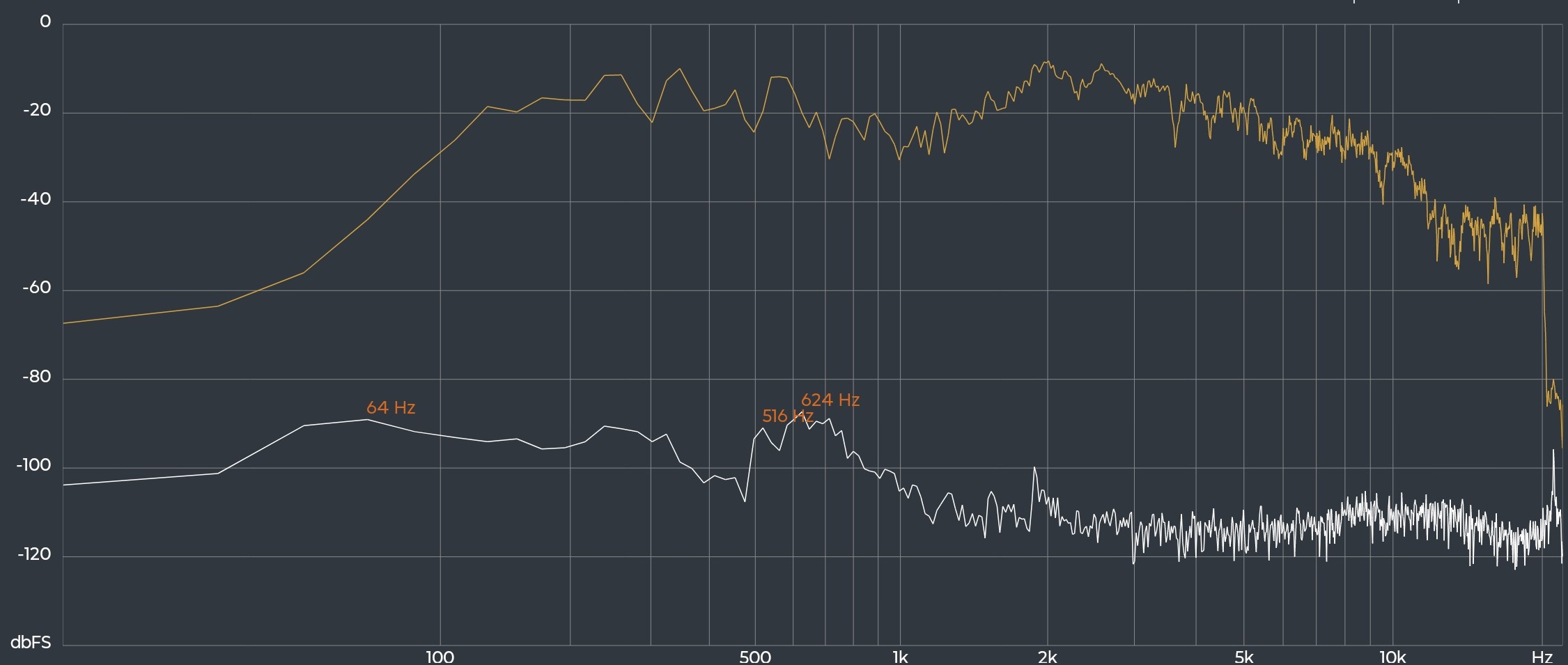
| Deep Bass 20-40Hz | No |
| Middle Bass 40-100Hz | Builds linearly from 50Hz to 100Hz |
| High Bass 100-200Hz | Flat |
| Low Mid 200-400Hz | Flat |
| How to tell if you have good music – sound signature is the key | Flat |
| High-Mid 1-2kHz | Flat |
| Low Treble 2-4kHz | Flat |
| Mid Treble 4-6kHz | Flat |
| High Treble 6-10kHz | Flat |
| Dog Whistle 10-20kHz | Slight decline and flat to 20kHz |
| Sound Signature type | It has a mid-sound signature (bass recessed, mid-boosted, treble recessed)—best for clear voices but not for music. The EQ could make this a neutral signature or even warm and sweet, perfect for movies. |
| Soundstage Stereo | 2D is about 20cm outside the tablet, and there is no obvious speaker bias. |
| Soundstage Dolby Atmos | DA adds further width, 3D height, and surround—of course, it is front-centric and mixed to 2.0. |
| Comment | It suits music and movies, and the EQ can be adjusted to your preference. |
| BT | Codecs include SBC. AAC, aptX, LDAC and SSC (Samsung scalable codec for compatible Samsung BT devices) 16-bit/441000Hz. Excellent Left/Right separation and some spatial sound. Supports Multipoint and Auracast. |
| More | How to tell if you have good music – sound signature is the key |
Build – Pass+
Samsung is synonymous with well-made gear. This looks and feels prestigious in every way.
It has an IP68 rating for water resistance, but water ingress is not covered by warranty.
Samsung does not specify cover glass protection – it must be tempered glass of some sort, so it should have at least a Mohs hardness level 6. This is a great argument for a keyboard cover.
It has an Ultrasonic under-glass fingerprint and 2D facial recognition.
S-Pen – Pass
The single-button S-Pen has Wacom support (very accurate), BT connection, and Wireless charging – making it more useful. It has the usual 4096 levels of pressure and docks/charges on the back near the camera hump. That is a little dicey as the magnets are not that strong, and it was often knocked off the perch.
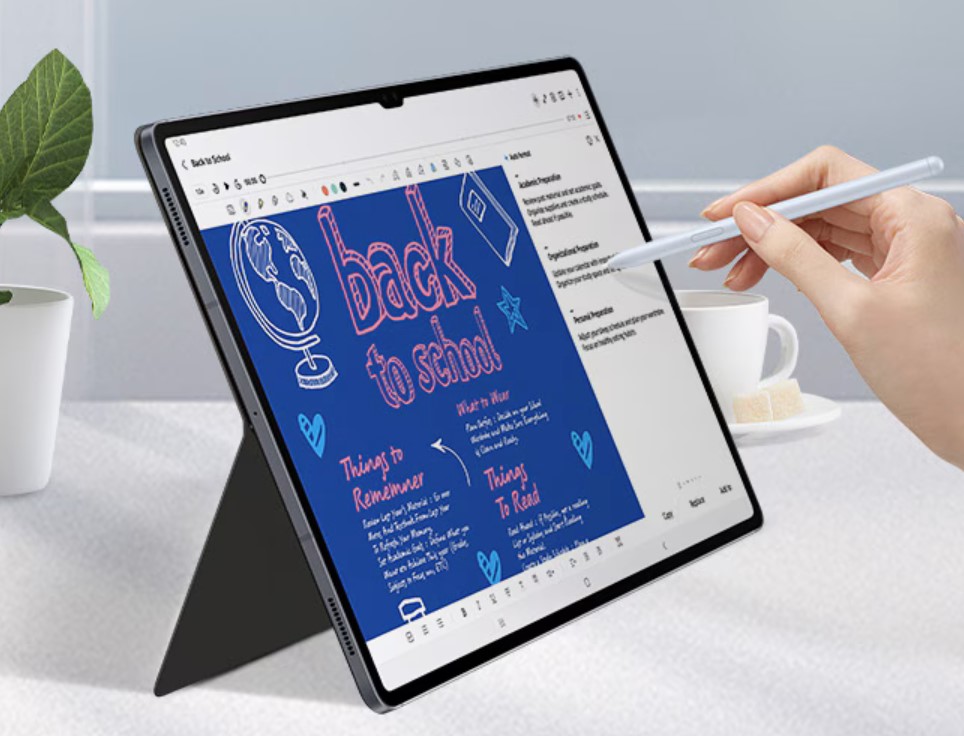
Android 14 and Samsung One UI 6.1.1 – Pass+
The Tab S10+ and Ultra have a two-year warranty, seven years of OS upgrades, and seven years of security patches—2+7+7.
This includes some Samsung AI. You need an internet connection, log into your Samsung Account, and use Samsung apps (some are trials). Samsung has advised that some of these may incur a monthly subscription fee later in 2025. For more, read Samsung’s release on AI.
| Chat Assist | Interpreter | Note Assist | Transcript Assist | Browsing Assist |
| Photo Assist | Drawing Assist | Photo ambient wallpaper | Health Assist |
It also supports Google Gemini Nano and Google AI features like Circle to Search and various photo editing tools.

Samsung is following Apple’s lead. It is now impossible to use the device without a Google account (8,000 words and normal for any Android) and a Samsung account (40,000 words in ten nested policies), which has privacy implications.
Galaxy apps often replace Google Apps (browsers, messages, contacts, calendars, etc.), making it very hard to leave the Samsung ecosystem.
Consumer Advice: If you intend to use other Android brands in the future, use Google Apps rather than locking into the Samsung ecosystem.
Camera – social media class
This uses a similar setup to the 2022 Tab S8 Ultra.

On the rear is a 13MP f/2.0, 1um primary sensor (Hynix HI1337), an 8MP, f/2.2, 1um Ultra-wide sensor (Hynix HI847), and a single LED flash.
On the front are two Hynix HI1337 (cropped to 12MP) – one for wide and the other for ultra-wide. The S10+ loses the ultra-wide.
All are fixed focus, limiting what you can do with them. However, strong AI post-processing delivers decent results. In addition, the SoC does not provide Electronic Image Stabilisation, and it is way too easy to get a blurred shot.
Our biggest issue is that the 8-bit screen image preview differs from the image.
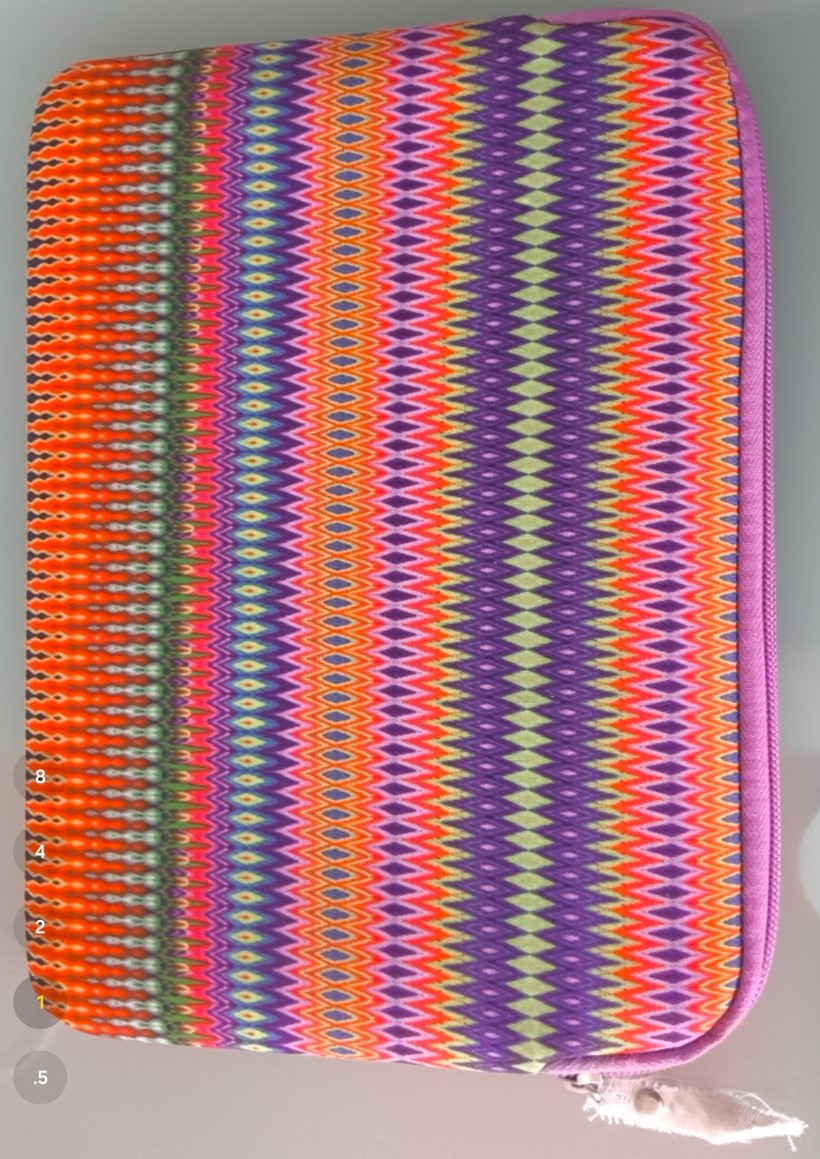
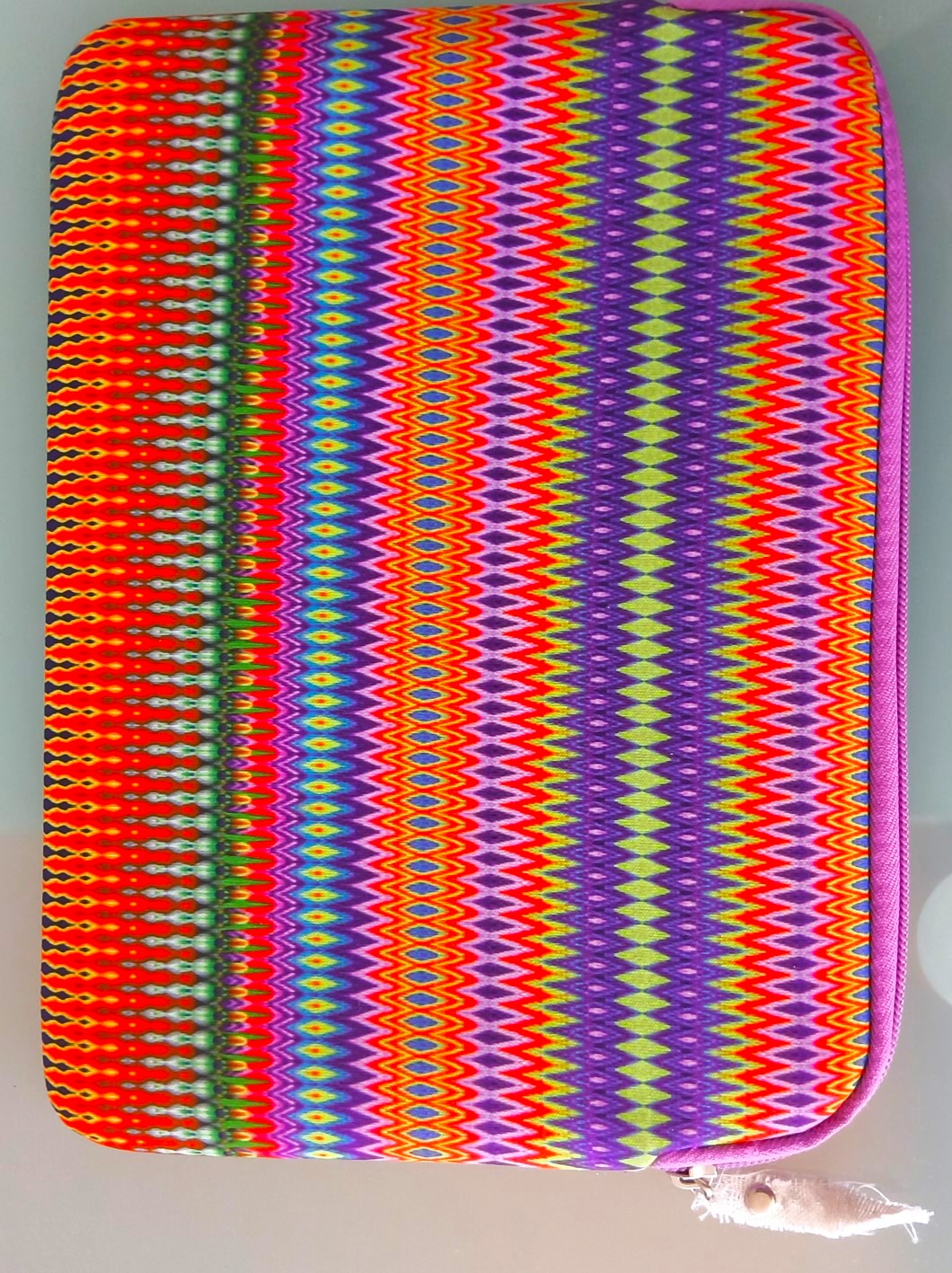
Camera test images



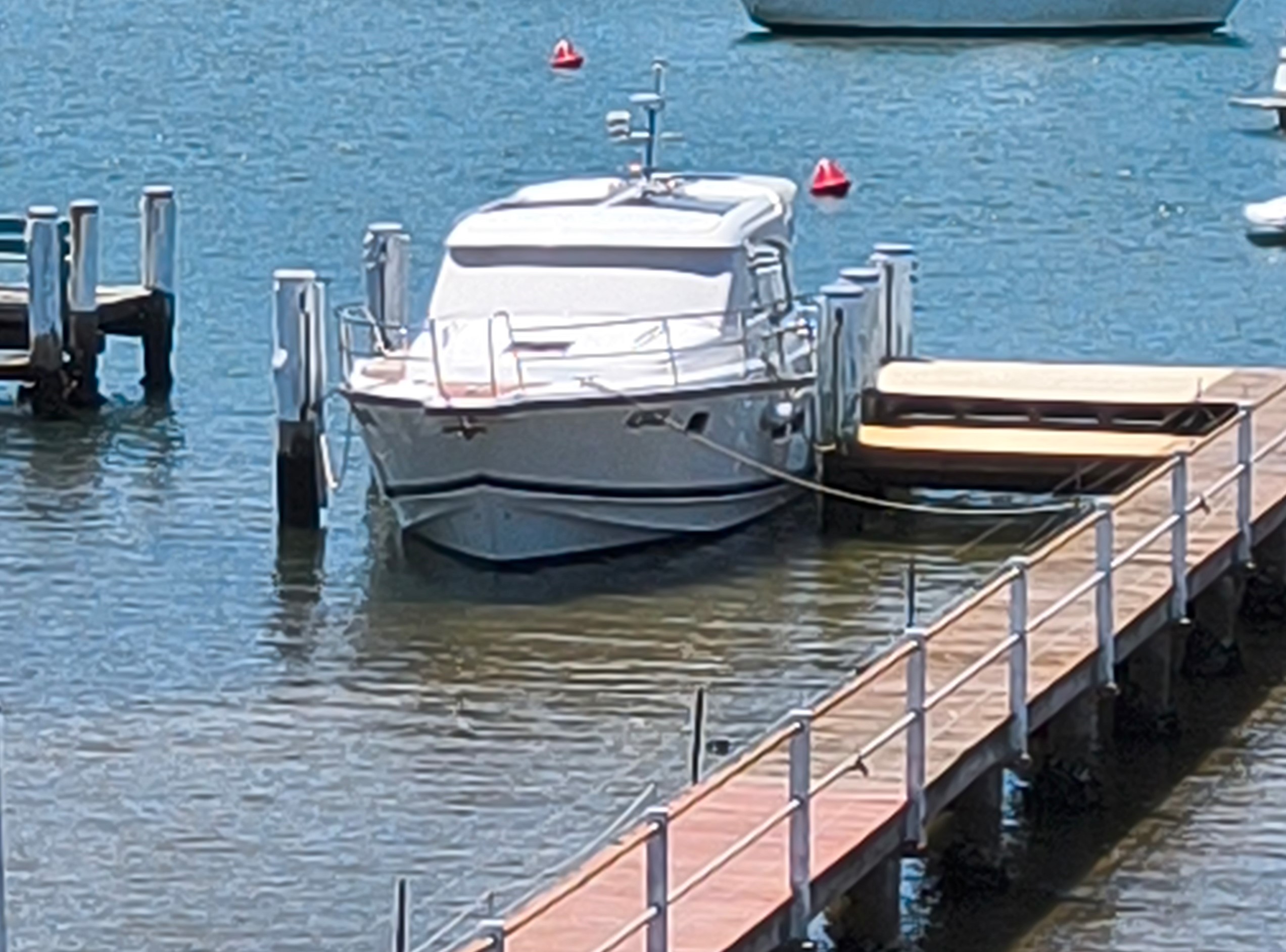



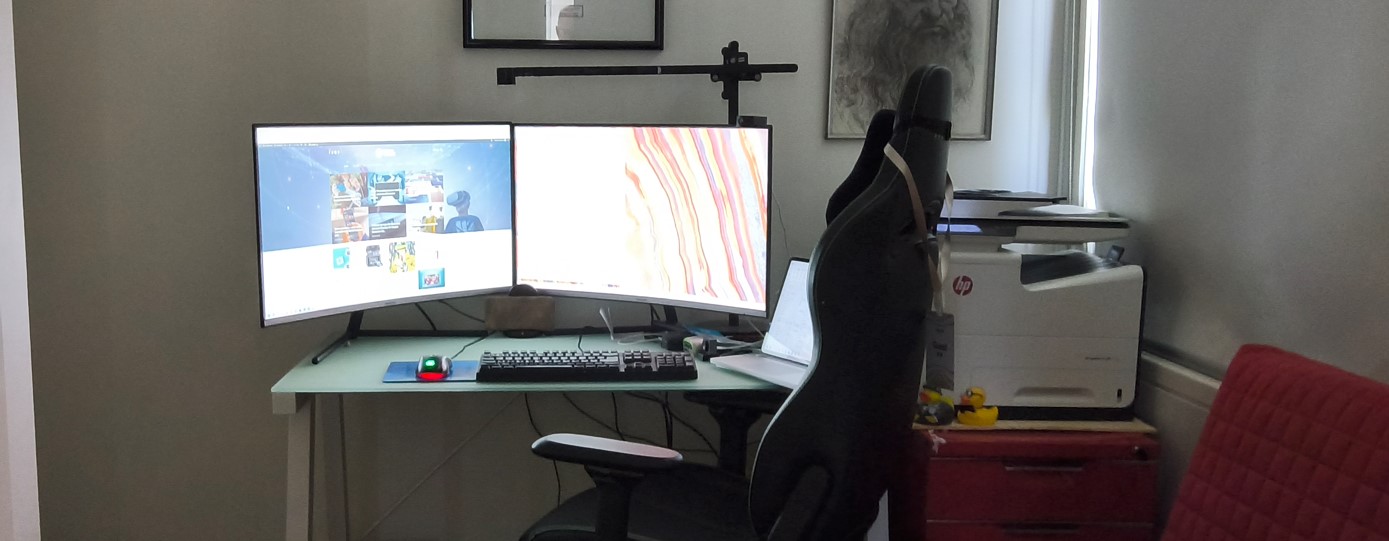
CyberShack’s’ view – The Samsung Galaxy Tab S10 Ultra is a terrific tablet
It is certainly unique in the Android world, so if you want the best, this is it. There is no option except the smaller Tab 10+ (not tested), which may be more manageable.
On the plus side is the 2+7+7 warranty/OS/Patch policy, although I have to wonder if the tablet will still be in use then, or if this is a policy for bragging rights.
The cameras are all you can expect and do a decent job. I would like the image preview to be similar to the photo, but you can never achieve that with an 8-bit screen.
I don’t recommend you rush out and buy it because, like its competitor, the iPad Pro, you need a ‘use case’. Otherwise, you are wasting money when all you need is a Galaxy Tab A series, which is just as good for movies, music, web surfing, and general tablet stuff.
Summary: The Samsung Galaxy Tab S10 Ultra is the ultimate in a 2024 table. Everything is good—there is very little room for improvement. I think I said that about the 2021, 2022, and 2023 Tab S7/8/9 Ultra, too.
Privacy
When you buy a tablet (or TV, which is just as bad), the last thing you think of is the privacy implications.
Samsung’s increasingly closed ecosystem concerns those who want privacy. Its 40,000+ words in nested policies are risky, especially as the fine print says that signing into the Samsung Account overrides any terms and conditions already agreed to. And there is more. Using Samsung’s browser means agreeing to even more terms for its auto-blocker. Ditto for Samsung apps that share information, and Smart Suggestions uses all your information.
This is in addition to Google’s privacy terms (which are far shorter and more benign), Samsung AI, and Google Gemini.
Are we paranoid? No, privacy is humanity’s biggest issue, as companies hoover up our data and sell it to the highest bidder. Sleep well!
Samsung Galaxy Tab S10 Ultra Ratings
We rate this based on hardware speeds and feeds, as Android does the same on most devices. Samsung’s UI 6.1.1 contains more tablet-specific features than generic Android.
- Features: 85—Fast processor, 12/256GB base, 8-bit screen, S Pen, and more. We only wish that USB-C 3.2 Gen 1 was fully implemented to allow for mountable drives and that Samsung would go to 10-bit screens.
- Value: 80—It is reasonable compared to the iPad Pro M4. But it almost begs you to look at the new Microsoft Surface 11 with Copilot running Windows on ARM. Read Microsoft Surface Pro 11 with Copilot+PC – AI on the go.
- Performance: 90—the MediaTek 9300+ is an excellent choice and supports AI.
- Ease of Use: 80—The 14.6” screen is too large to manage in one hand, and it is too easy to drop. Otherwise, Android is Android. We also deduct points for no charger.
- Design: 80—It scores well in that it is a thin and well-made glass slab, but it loses points for the ugly notch on the front cameras and for not having something to help manipulate the tablet, e.g., a handhold or other design device.
Samsung Galaxy Tab S10 Ultra SMX920
Refer to review

Pros
- Most powerful 2024 Android tablet processor
- Beautifully built and 2+7+7 warranty/OS/Patch policy
- Includes S Pen
Cons
- A bit too big – the Tab S10+ may be better
- Still using an 8-bit screen with PWM dimming
- No charger supplied
- Accessories like a keyboard/case are an expensive necessary
- Photo preview is inaccurate
Brought to you by CyberShack.com.au


